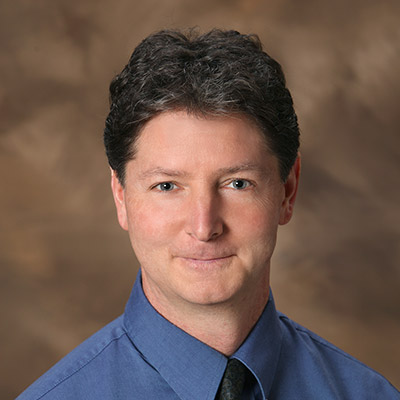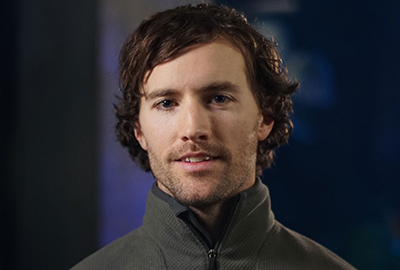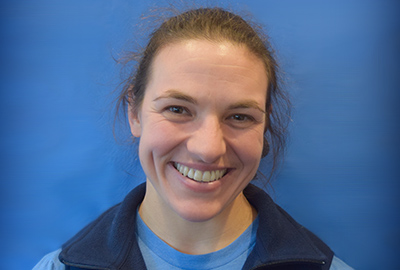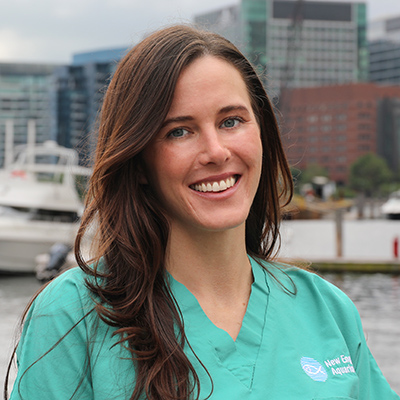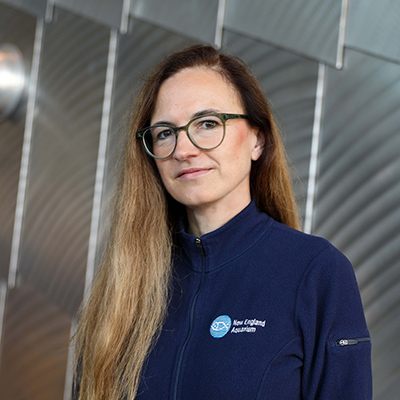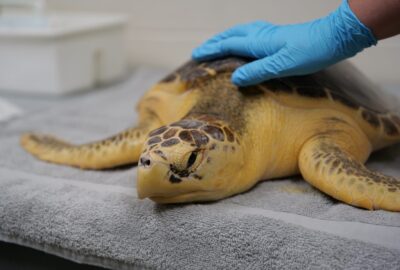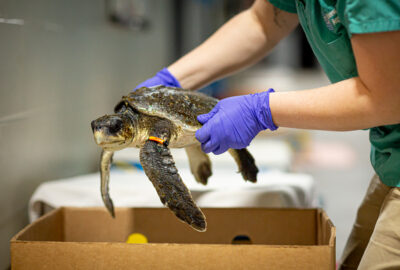A pilot study on surgical implantation and efficacy of acoustic transmitters in fifteen loggerhead sea turtles (Caretta caretta), 2021–2022
By Charles J. Innis, Adam Kennedy, Jeff Kneebone, Sarah Perez, Linda Lory, Sarah DiCarlo, Alessia Brugnara, Kristen Luise, Deana Edmunds, Christine Sinnigen, Mary Beth Tims, Nina Nahvi, Emily Jones, Melissa Joblon, Kathryn Tuxbury, Elizabeth Burgess, Vickie Zhou, Nina Fischer, and Kara L. Dodge
Originally published in Animal Biotelemetry in November 2023

Abstract
Background: The ability to detect the location of free-ranging sea turtles over time is desirable for ecological, conservation, and veterinary studies, but existing detection methods have limited sensitivity or longevity. Externally attached acoustic transmitters have variable, and sometimes short retention times for sea turtles. For several vertebrate taxa, surgically implanted acoustic transmitters have proven to be safe and effective for long-term detection; however, implanted transmitters have not yet been used for turtles.
Results: In this pilot study, INNOVASEA acoustic transmitters were surgically implanted subcutaneously in the pre-femoral region of fifteen hospitalized loggerhead sea turtles (Caretta caretta) that had been rehabilitated after stranding due to cold-stunning. Model V16-4H transmitters (estimated battery longevity = 2435 days) were implanted in turtles measuring ≥ 50 cm straight carapace length (SCL), and model V13-1H transmitters (estimated battery longevity = 1113 days) were implanted in turtles measuring 30–49 cm SCL. Incision healing was monitored over several months prior to release. Twelve turtles’ incisions healed without complication, on average, 55 days after surgery (median 47, range 41–100). Three turtles experienced incision complications, two of which healed after a second surgery, while the third required transmitter removal to promote healing. One of the fourteen implanted transmitters was confirmed to be dysfunctional prior to release, although it had been functional prior to implantation. To date, 100% of turtles released with functional acoustic transmitters (n = 13) have been detected a total of 915 times by 40 individual acoustic receivers off the coasts of Massachusetts, Rhode Island, New York, Virginia, North Carolina, and in southern New England offshore waters. Turtles with transmitters generated 5–235 detections (mean 70, median 43) on 1–13 individual acoustic receivers (mean 5, median 5) for periods of 3–400 days post-release (mean 118, median 87). Total detections and detection durations for these individuals are expected to increase over time due to anticipated transmitter battery longevity.
Conclusions:This study demonstrates that surgically implanted acoustic transmitters are effective for the detection of free ranging sea turtles, but refinement of surgical methodology is needed in light of the observed complications. Monitoring of healing is critical when evaluating novel surgical techniques in wildlife.
Full Text
- Read at Animal Biotelemetry

